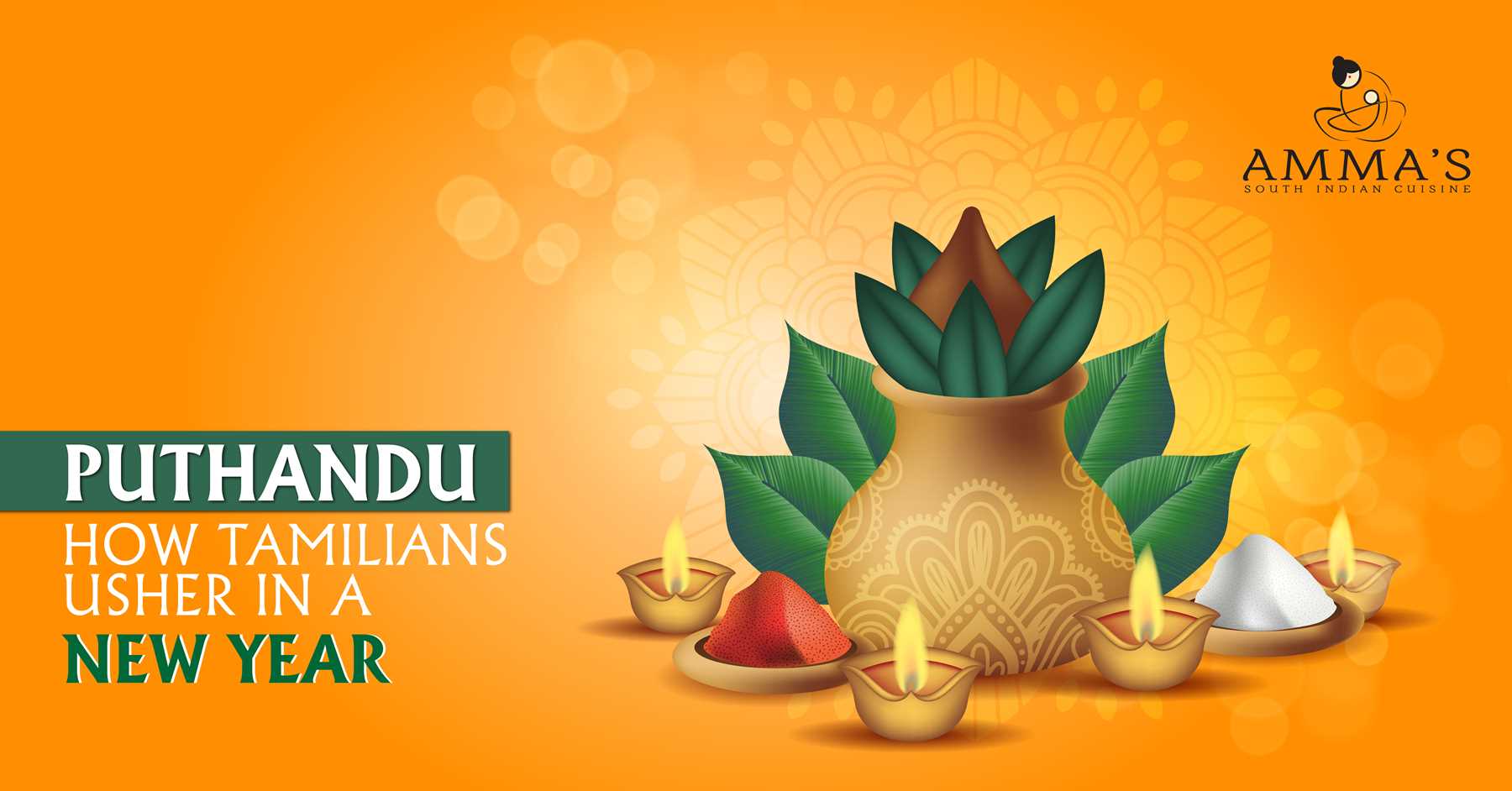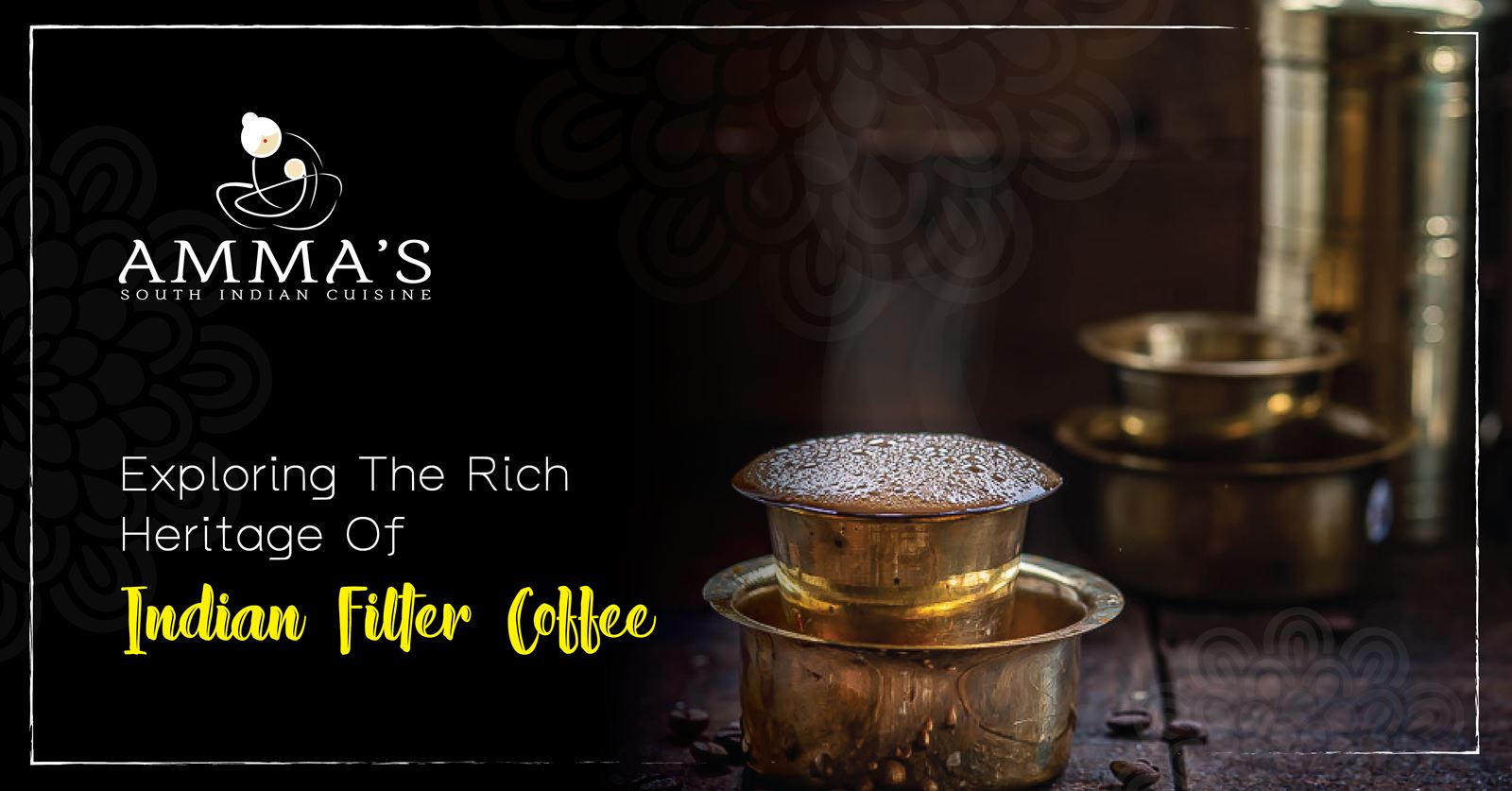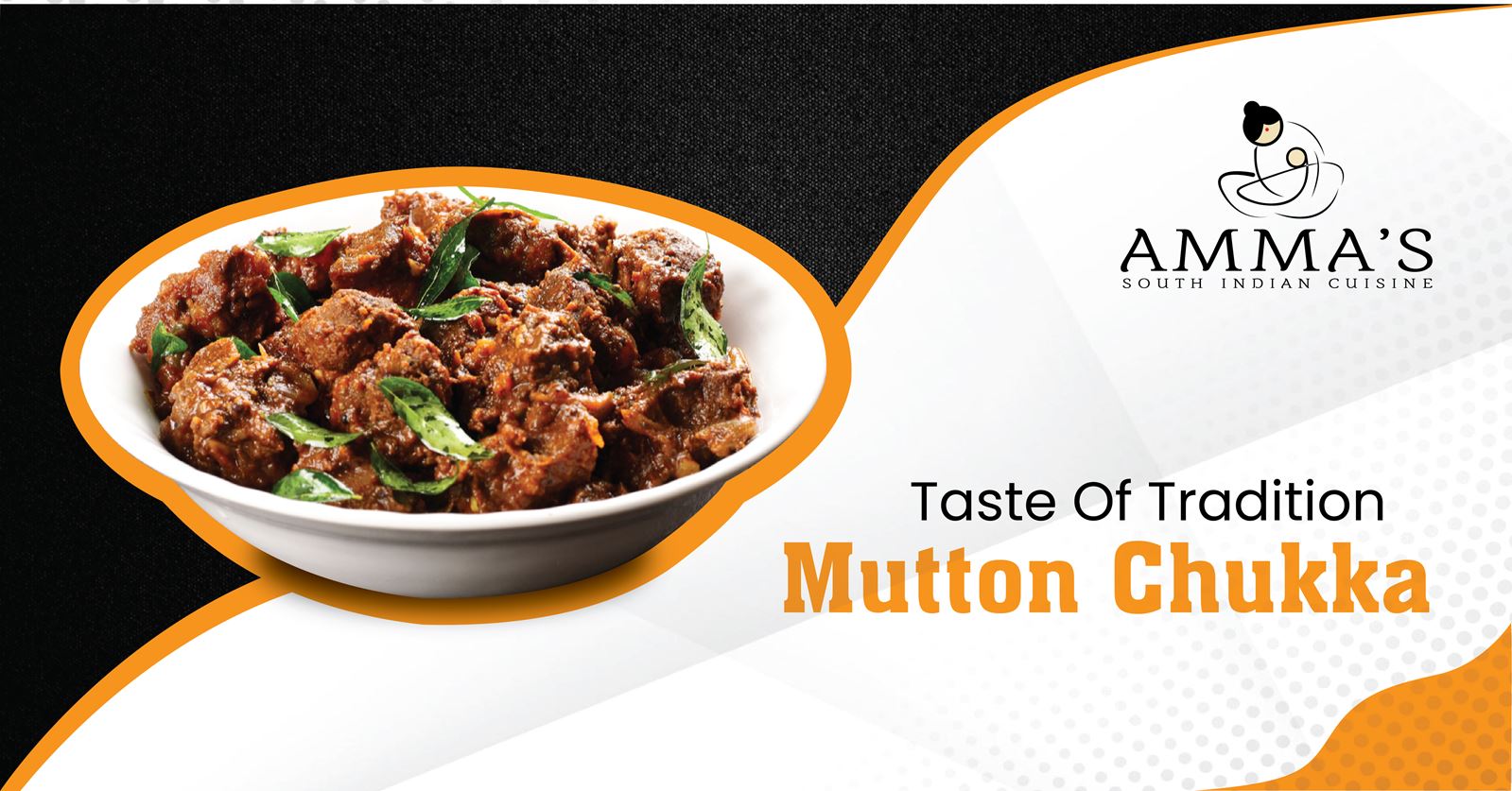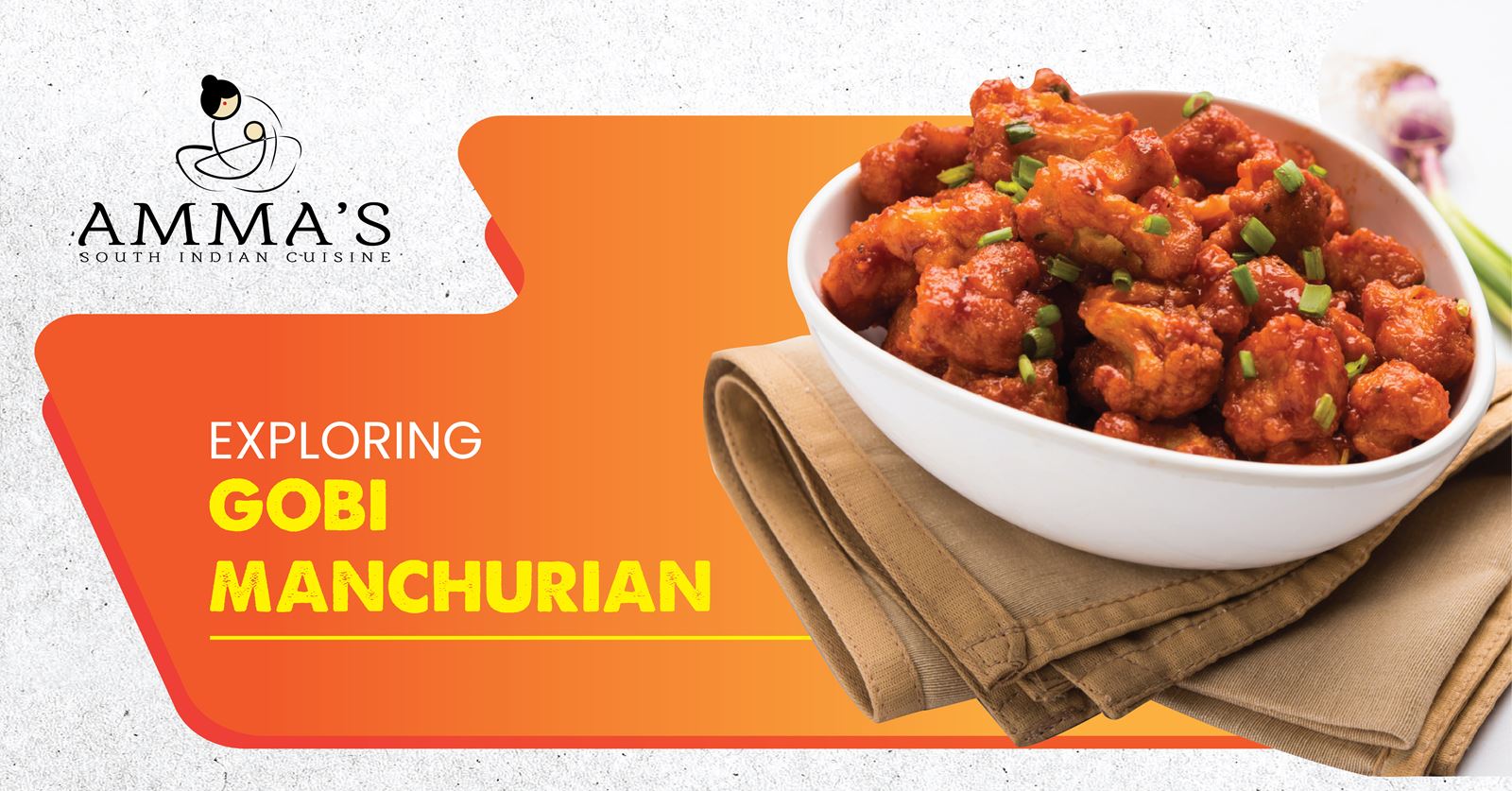
PUTHANDU-HOW TAMILIANS USHER IN A NEW YEAR
The month of Chaitra marks the New Year or first month of Hindu calendar. It usually falls between the months of March and April. The day is celebrated by different names across India — people in Maharashtra celebrate it as Gudi Padwa, while Kashmiri Hindus observe it as Navreh. In Andhra Pradesh and Karnataka, it is celebrated as Ugadi, Sindhis celebrate it as Cheti Chand, people in Kerala as Vishu, Bengalis observe it as Poila Boishakh, for those in Assam it is Bihu, and in Punjab it is Baisakhi. Tamilians across the world celebrate their new year on the first day of the Chithirai month as puthandu. This special day is also referred to as Varsha Pirappu. Tamil New Year’s Day is mainly celebrated in the state of Tamil Nadu and in Sri Lanka, Malaysia, and Singapore, among others.
Puthandu’s date is set with the solar cycle of the Hindu calendar as the first day of the Tamil month Chithirai, therefore it usually falls on around April 14 of every year on the Gregorian calendar. On this day, people greet each other saying “Puthandu vazthukal,” which means Happy New Year in Tamil. People also visit their local temples, light up diya at their home as they welcome a new year. Just before the day of Puthandu, women decorate the house with Kolam to welcome prosperity and joy. Cleaning the house on the day before or on Puthandu and setting up a tray filled with fruits, flowers, and other items that are considered auspicious are a common practice. The tray with fresh fruits and vegetables, neem flowers and leaves, new clothes, gold or silver jewellery and currency notes or coins is placed in the house’s puja room in front of a mirror. The next day, people will see the reflection of the tray in the mirror as soon as they wake up. This gesture symbolizes abundance in wealth and health.
People take herbal baths to cleanse themselves to start afresh on New Year’s Day. Turmeric baths are common among women. The family then gears up for prayers and then a feast that essentially contains grated raw mango, jaggery, salt, red chillies, neem leaves, a pinch of turmeric and oil. This preparation is marked as one of the most important parts of the day as it reflects multiple emotions that people face every day. To be more precise, the raw mango symbolises sourness, while the neem represents bitterness, jaggery signifies sweetness and chillies adds pungency. As per the Tamil tradition, it’s believed that these flavors reflect the various facets of life and champions the fact that one must be prepared to face all types of situations, whether bitter or sweet, with calmness. A variety of vegetarian dishes are also prepared on this day. Another integral part of the custom is reading “Panchangam”. The reading is usually done by the oldest member of the family.
People dress up in traditional attire, greet each other and offer prayers in local temples. Aarti rituals and lighting the “saambrani” forms an integral part of the ritual. Divine songs and traditional instruments are played in households to observe the occasion.
Amma South Indian Restaurant sends ‘Iniya Puthanda Vazhthukl” to its customers and people across the world. Wish you all a healthy and prosperous year ahead!




